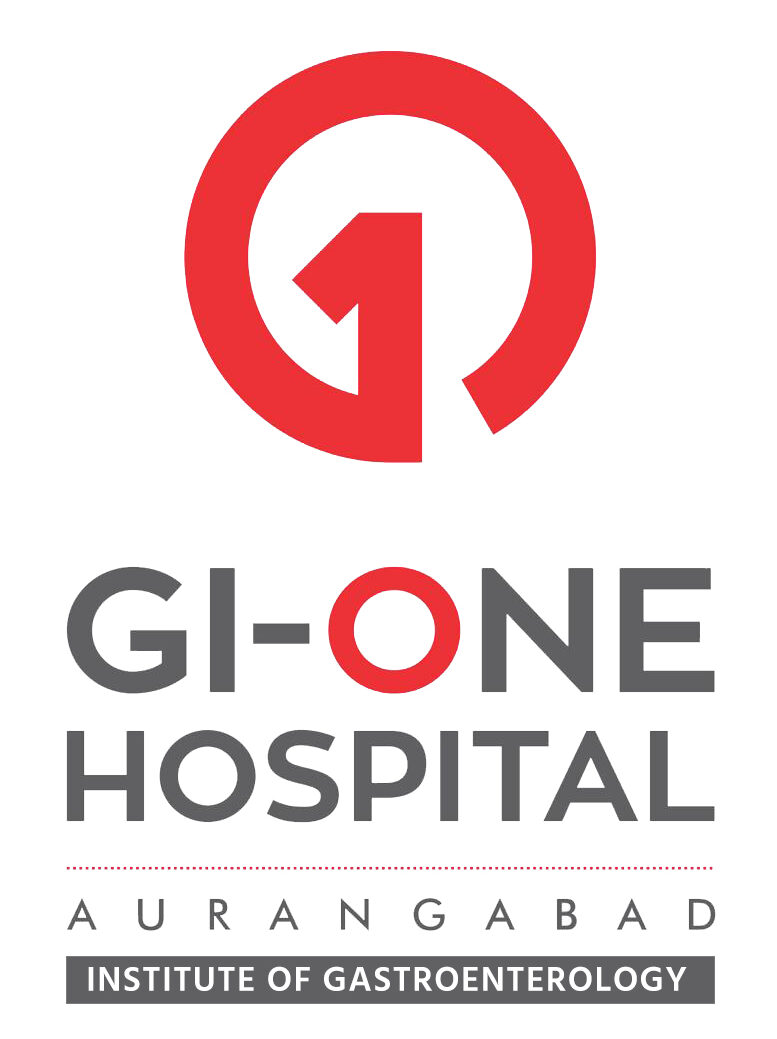Sigmoidoscopy
Sigmoidoscopy
is the visual examination of lower most part of the large bowel, using a flexible endoscope. This lower most part is about 60 cm and include rectum, sigmoid colon. Flexible sigmoidoscopy doesn't allow the doctor to see the entire colon. As a result, any cancers or polyps farther into the colon cant be detected with flexible sigmoidoscopy alone.
Who needs sigmoidoscopy
A flexible sigmoidoscopy exam can help you know causes of abdominal pain, rectal bleeding, changes in bowel habits, chronic diarrhea and other intestinal problems. Also those having weight loss, anemia, family history of colon cancer needs to undergo this test. sigmoidoscopy is also used in patients with abnormal barium, ultrasonography or ct scan having inflamed or thickened bowel loops.
Preparation
To obtain clear view, the lower colon must be clean and free of stool. Any residue in your colon may miss the pathology. Usually patient should not take solid food the day before the exam and drinks only clear liquids day before the exam. Avoid red liquids, which can be confused with blood during the colonoscopy. The patient receives enemas which flushes the colon by 2 to 3 number of loose motions. Inform your doctor of your medications if you have diabetes, high blood pressure or heart problems or if you take medications causing blood thinner or supplements that contain iron.
Procedure
Sigmoidoscopy is performed on an outpatient basis. Usually patient is conscious but anxious patient may require sedation. Prior digital exam of the anus and rectum is performed. The flexible endoscope is inserted through the anus and advanced gently in the colon. Gentle air pressure may be fed into your bowel to inflate your digestive tract. Other instruments can be passed through the endoscope to perform additional procedures if necessary like biopsy forcep, cautery, snaire for polypectomy etc. During whole of the examination, our doctor record videos and images for later examination, reports. The procedure takes 5 to 10 minutes. You'll be taken to a recovery area to sit or lie quietly after your endoscopy.
Side effects
You may feel bloated or pass gas for a few hours after the exam. A sigmoidoscopy poses few risks. A tear in the colon or rectum wall (perforation) or sedation related complications rarely may occur. Another serious complication is excessive bleeding, especially with the removal of a large polyp. These complications may require hospitalization and surgery. Patients who have received sedation should not drive or operate machines and must be in accompany for 12 hours.
Alternative test/option
Alternative tests to colonoscopy include a barium enema or a CT colonoscopy that image the colon and allow only abnormality to see. It is only for diagnosis purpose as it does not allow direct viewing of the colon, removal of polyps, or the completion of biopsies.

